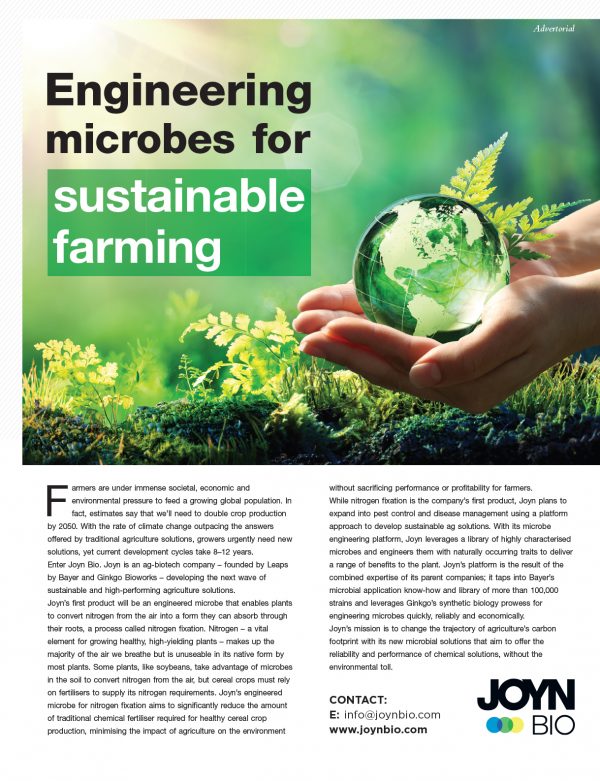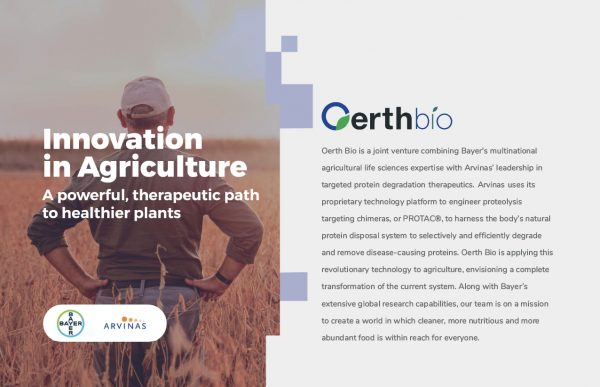Every night, more than 820 million people go to bed hungry. As climate change degrades the world’s soils, freshwater, oceans and forests, efforts to wring more nourishment from our already strained earth are pushing the planet further off balance, resulting in a cycle of droughts, floods and mass migrations of vulnerable people, which threatens global stability.
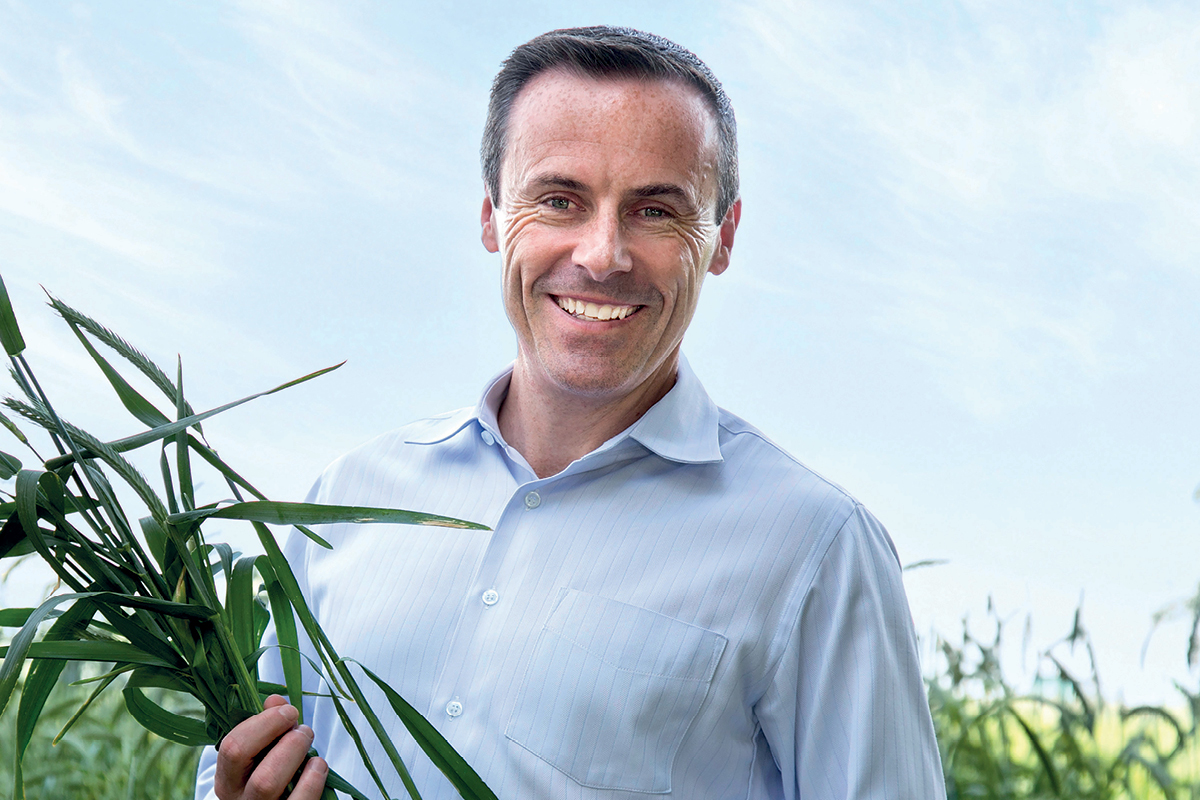
Anyone hoping to solve these problems faces the complex task of disentangling world hunger from climate change, so that solving one does not come at the expense of the other.
This will be possible only with the help of technological innovation and a rethinking of how the farming industry operates, especially if progress is to be made by 2030 – the deadline for the United Nations’ Sustainable Development Goals.
When leading the Monsanto acquisition, I learned a lot about setbacks and managing slow regulatory processes.
As President of Bayer’s Crop Science Division, Liam Condon spends every day face-to-face with this exact dilemma. Fortunately, he views his place at the top of the world’s largest supplier of seeds, crop protection products and digital farming solutions as giving him both the responsibility and the capacity to make farming practices more productive and less taxing on the global environment.
“Many conversations position agriculture as part of the problem when it comes to climate change and the sustainability challenges society faces.
In some ways, this has been true. Together, agriculture, livestock and agroforestry produce nearly a quarter of global emissions. However, thanks to advances in science and technology, we now have the capability to both improve productivity and sustainability at the same time,” Liam says.
“The challenge of feeding a growing population without starving the planet is possibly the single biggest challenge that society is facing in the coming decades.
There is probably no other company in the world that can contribute more than Bayer can to helping address this challenge,” he says.
Many conversations position agriculture as part of the problem when it comes to climate change and the sustainability challenges society faces.
Entrepreneurial spirit
Liam traces his motivation to combat hunger to his childhood in Dublin, where he received his earliest business lessons from his parents.
“My father ran a third-generation family business as a stonemason, where I often helped out, so I grew up with a certain entrepreneurial spirit. I also sometimes worked on a farm as a helper during harvest while I was growing up,” Liam says.
“My parents instilled a sense of purpose in me to do something in life that would help others.”
At first, this purpose was curing and preventing disease, which Liam did while working for the German pharmaceutical company Schering in Berlin, then Japan, and then China.
When Bayer acquired Schering in 2006, Liam was Managing Director of Schering for China, so he was put in charge of the integration as Managing Director for Bayer HealthCare in China.
He continued to move up in the healthcare division until 2012, when he moved over to Bayer Crop Science Executive Committee as Global Chairman.
“That was a natural transition, since health and food are so closely connected,” Liam says. “The underlying technologies used in health care and agricultural R&D are quite similar, so it wasn’t so difficult to assimilate to a different type of business.”
Liam moved up to the Bayer Board of Management in 2016 and, after Bayer acquired the American seeds and agrochemical company Monsanto in 2018, he was made President of the newly combined company. The significance of the merger rippled through the business world.
“When leading the Monsanto acquisition, I learned a lot about setbacks and managing slow regulatory processes,” Liam recalls.
“The acquisition was very complicated because it was the biggest acquisition in German history and would form the largest agriculture company in the world. We had to be granted approval by around 30 regulatory bodies worldwide, which took us about two years and was longer than originally estimated. This taught me a lot about resilience and the importance of a clear vision, purpose and extensive communication to keep employees and customers motivated during times of uncertainty,” he says.
Once the dust settled, Liam was free to steer the company in its current direction – taking innovation and sustainability to the next level. Liam says: “This is a once-in-a-lifetime opportunity to truly shape agriculture through innovation as the market leader.”
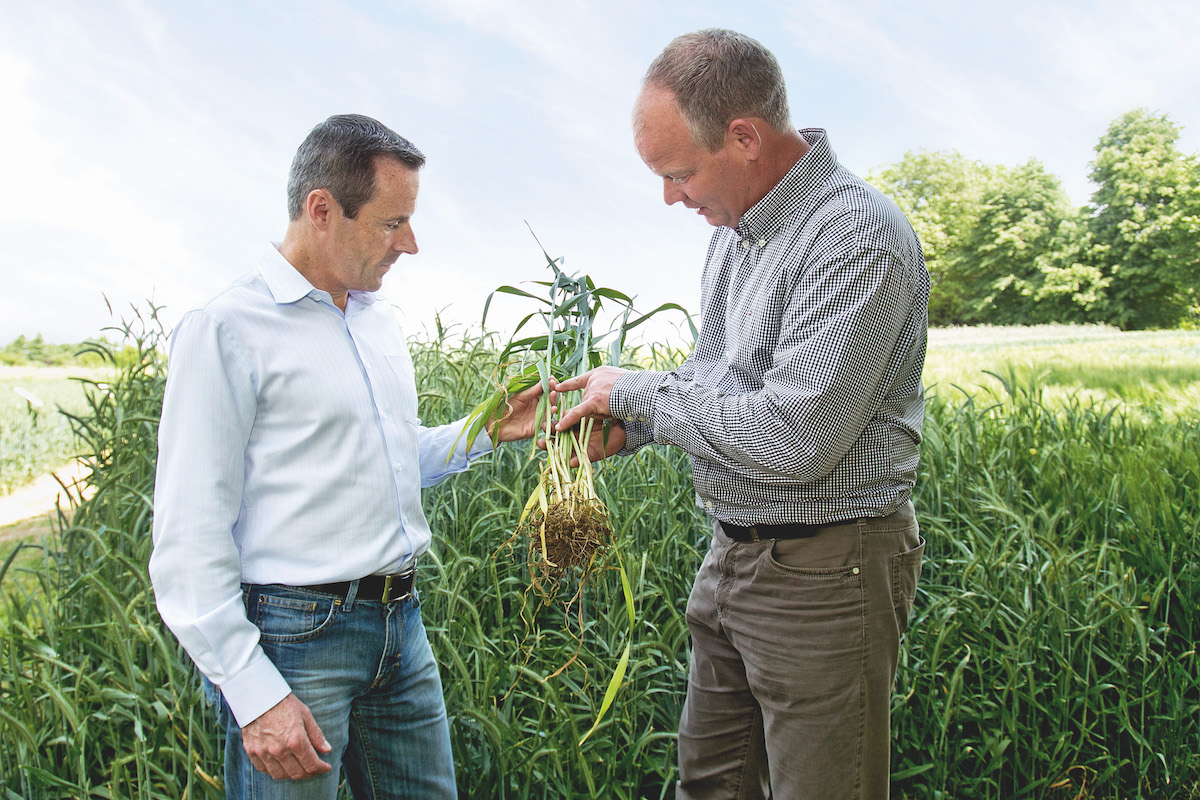
Sustainable reshaping
The first step towards reshaping agriculture in a way that is environmentally sustainable is breaking down the challenges and analysing their components – something Liam does with ease.
“The current food system is not on a sustainable trajectory. We are not making the most of our existing resources in terms of both consumption and production,” Liam points out.
“On the supply side, our current food production is too resource-intensive, as we use too much land, water and inputs while also emitting too many greenhouse gases.
On the demand side, the food system is not adequately serving consumers. While more than 820 million people go to bed hungry every night and don’t know if they can survive, at least two billion people suffer from malnutrition in the form of under- or over-nutrition as the quantity and quality of our food is unequally distributed,” he says.
The second step towards reshaping agriculture is laying out a vision for what change should look like in reality, something which Liam can see all too clearly.
“We have to feed a growing population using our natural resources more efficiently and responsibly. Agriculture needs to solve the paradox of increasing production and preservation at the same time – literally making more with less.
Innovation plays a key role in helping solve this challenge,” he says. The third step is execution, and with the help of a number of innovative Bayer products, this is already underway.
The flagship product is Climate FieldView, a digital platform that provides farmers with useful insights about weather and soil conditions, and uses predictive analytical tools to enable them with tailored solutions that best support their individual needs, from planting right through to harvest.
“Climate FieldView enables farmers to have a complete picture of their operation. For example, we can use satellite imagery from space, analyse it in real-time and send recommendations directly to our customers so they can make smarter decisions based on extensive data, not just intuition. We have the ability to combine billions of data points to help farmers grow a high-quality harvest using less land, energy and water,” Liam explains.
Another key product is DripByDrip, developed in conjunction with the irrigation company Netafim. It enables crop protection products to be applied in low quantities and only at the most appropriate times through drip irrigation systems.
Tomato growers in Mexico, Liam says, have seen measurable yield increases with less water and less pesticide. Joyn Bio, a joint venture between Bayer and Ginkgo Bioworks, is working to create microbes that will help crops extract nitrogen from the air and reduce the need for synthetic fertilisers, which are major contributors to greenhouse gas emissions.
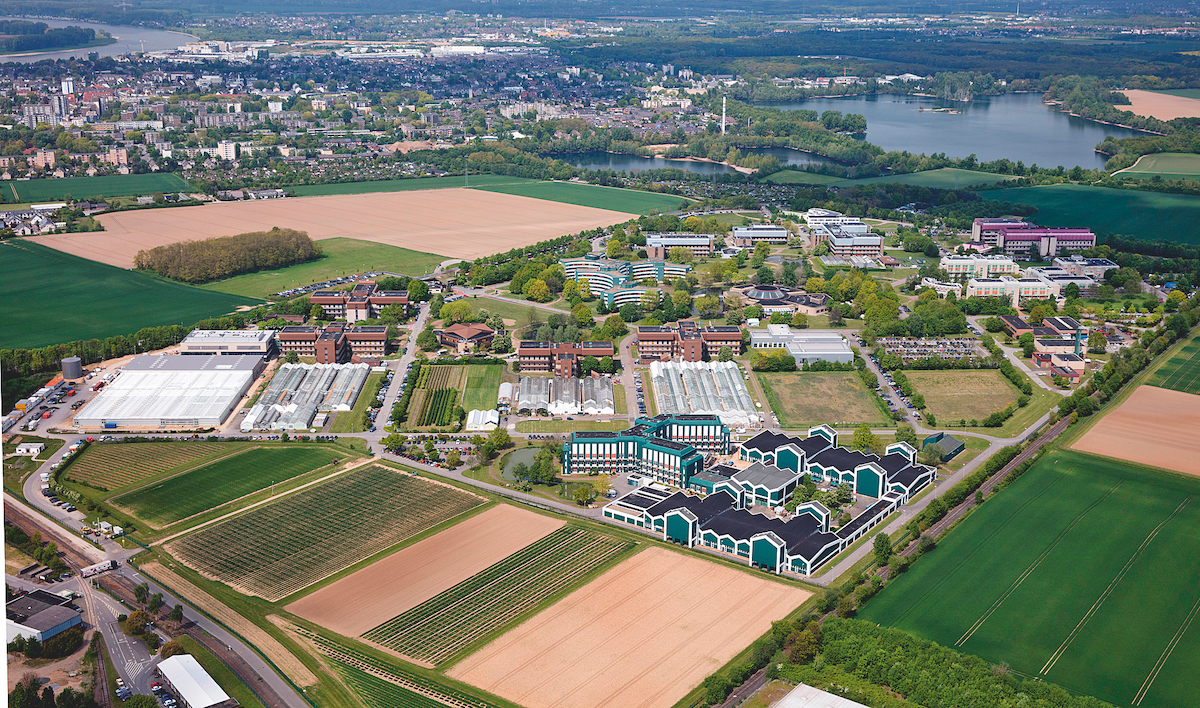
Incentivising environmentalism
Furthermore, Bayer’s internal drive towards digitalisation enables innovations in Bayer’s business models, such as outcome-based pricing, which harnesses data to optimise harvests and mitigate risk for farmers.
“This new option brings together Bayer and farmer data to unlock new value for the farmer by creating data science-driven recommendations to optimise their harvest and provide choices to manage risk on their farm.
Our goal is to incentivise farmers for their contributions to the ecosystem and to put sustainability at the core of our business model.
We, in essence, use our leading agronomic analytical capabilities to predict an outcome, and price our offering according to the outcome that is ultimately achieved,” Liam explains.
Another business model Bayer is pioneering under Liam’s leadership is the climate-smart business model.
“Today, farmers do not get paid for their services to the ecosystem, such as protecting biodiversity or sequestrating carbon in the soil. Everyone wants it, but there is no system in place to reward farmers for more sustainability,” he says.
“We are leading an effort to drive innovative products and practices on farms across the globe that result in carbon sequestration along with other ecosystem services like biodiversity and water quality improvements. Our goal is to incentivise farmers for their contributions to the ecosystem and put sustainability at the core of our business model. This transformational approach will help ensure that agriculture can become part of the solution to climate change.”
Together, these products and business models are part of the larger effort by Bayer Crop Science to reduce the environmental impact of crop protection by 30% by 2030.
This will help to restore and retain biodiversity, combat climate change and make the most efficient use of natural resources, while providing farmers with tools for productive, profitable operations – goals that Liam hopes will ultimately culminate in a “zero carbon future for agriculture”.
Proudly supported by:
